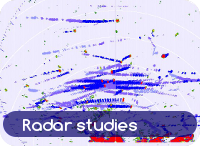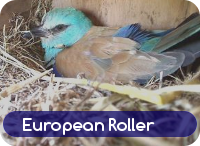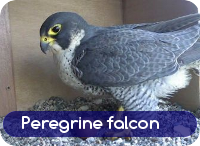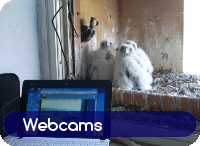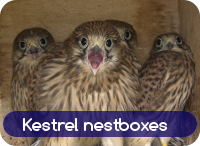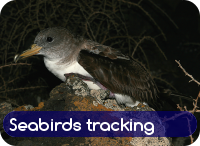For several years we have been developing an avian radar system to track migration and other collective behaviour. We have collected radar data on soaring raptors during spring and autumn migration over the Strait of Messina, in the framework of an impact assessment for a recently built powerline by Terna. We have conducted radar studies in La Paz (Mexico) in collaboration with the Max Planck Institute for Ornithology and the Centro de Investigación Científica y de Educación Superior de Ensenada, investigating the nocturnal movements of magnificent frigatebirds (Fretaga magnificens) in relation to wind. We have also collaborated with the University of Chile for the location of grey gull (Leucophaeus modestus) colonies in the Atacama desert.
Radar studies
Since 2011 we have been developing a radar adapted to avian studies.

